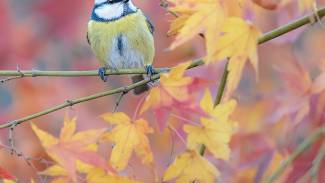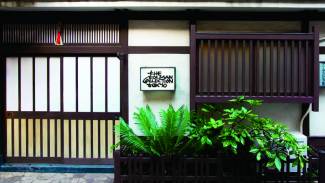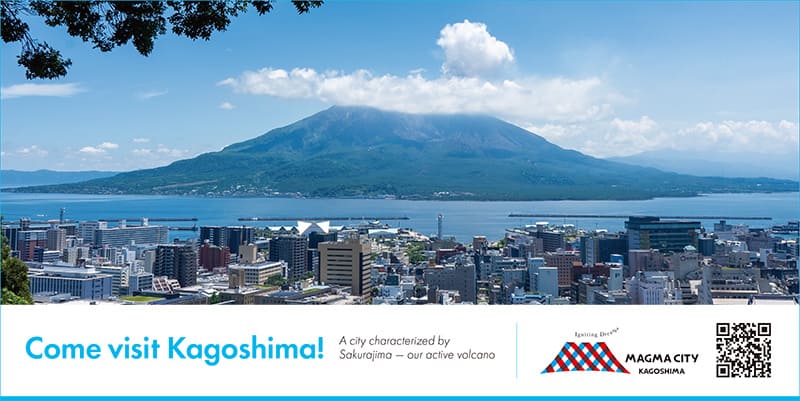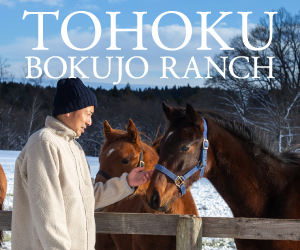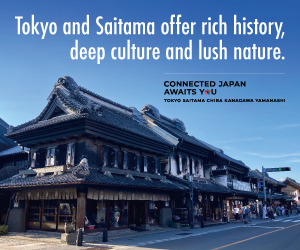KAGOSHIMA CITY TOURISM
CELEBRATION OF PAST, LOVE OF LOCAL SPIRITS
Held from Nov. 2 to 3 in Kagoshima, the capital of Kagoshima Prefecture, the Ohara Festival is the largest celebration of local culture in southern Kyushu. This year marks the 73rd incarnation of the festivities, which have changed a lot since their inception.
The first Ohara Festival dates back to 1949 and a commemoration of the capital’s establishment 60 years prior. Back then, the highlight of the event was a parade of colorful, decorated cars — a tradition that has taken the form of decorated trams and continues to this day. However, these modern beautifully lit-up hana densha (flower trains) stop running one day before the festival kicks off to make room for what Ohara has become better known for: a 20,000-person-strong dance parade and a sea of alcoholic beverages based on shōchū (distilled spirits) — the region’s specialty.

Visitors invited to join
As in previous years, the Ohara Festival will take place over two days, with each celebration giving festival-goers a look at a different side of Kagoshima. First, there’s the opening Night Festival, held on Nov. 2 from 6:50 p.m. to 8:30 p.m., followed the next day by the Main Festival lasting from 10:20 a.m. to 3:25 p.m. Both events will feature the So Odori. a grand parade that attracts over 20,000 dancers who will sway through a 1,480-meter-long stretch of Kagoshima in colorful costumes to the melodic accompaniment of traditional Kyushu folk songs.

Among them, the “Kagoshima Ohara Bushi” has become synonymous with the festivities ever since its introduction to the Ohara Festival in 1952 to honor the 75th anniversary of the death of Saigo Takamori, a native son of Kagoshima and leader of the last stand of the samurai, a fictionalized version of which was reimagined in the movie “The Last Samurai.” Performed on traditional string and drum instruments, the “Kagoshima Ohara Bushi” has a quietly joyous and laid-back rhythm to it — very representative of its birthplace — that will make the hour-long dance feel like a quick jaunt through one of the most easygoing cities in Japan.
Amateurs and visitors to Kagoshima are encouraged to take part in the So Odori dance parade, a one-of-a-kind and completely free experience that is sure to become a cherished, lifelong memory. While you need to preregister for a spot to join one of the main dance teams, anyone can jump in and out of the Tobiiri-ren — another group that’s part of the So Odori. Those satisfied with just watching the dance will be able to fill their time by enjoying marching bands, stage performances showcasing Kyushu’s traditional arts, and ogojo drummers. Ogojo means woman in the Kagoshima dialect, and throughout the Night and Main festivals, visitors to the southernmost part of mainland Japan will have a chance to marvel at hundreds of female musicians who have mastered the Japanese drum and flute.
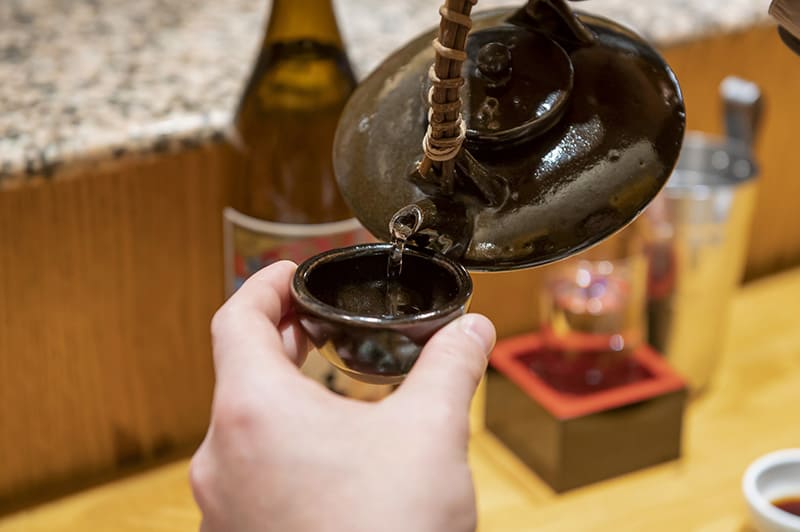
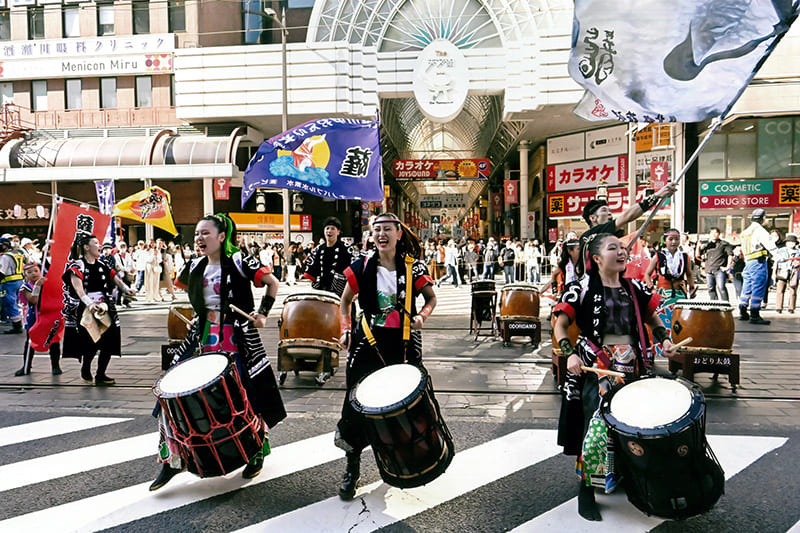
Shōchū sampling
People dancing happily with a shōchū drink in hand are a common sight at the Ohara Festival. For a more in-depth encounter with Japan’s less-known national drink (beloved as much as sake), visitors to Kagoshima in early November should check out Shochu Street.
Organized by the Kagoshima Shochu Makers Association and taking place at the Tenmonkan G3 Arcade, the Shochu Street area offers over 100 varieties of the spirits produced in the area. It’s not only a fun way to relax and get into the festival, but also an opportunity to taste the essence of Kagoshima’s food culture.
Kyushu is sometimes called the “the shōchū kingdom” as it is more popular there than sake. Historically, this is because shōchū was easier to produce and store during the island’s warm winters before the advent of refrigeration.
Technically, shōchū can be distilled from anything, but the traditional ingredient for the Kagoshima variety has long been satsuma (sweet potatoes), a major crop in the prefecture. Inspired by the old name for the lands of southern Kyushu, this variety is known as Satsuma shōchū. Renowned for its sweet and rich flavor, Satsuma shōchū is also appreciated for its pleasant floral aroma that is best enjoyed when the drink is consumed the local way — with hot water. Shōchū can also be enjoyed straight, on the rocks or cut with water. But when mixed with hot water, the steam releases the naturally sweet fragrance of the drink, elevating it to new heights of flavor.
Shochu Street will be open from 5:30 p.m. to 8 p.m. on Nov. 2, and from 2 p.m. to 7 p.m. on Nov. 3.
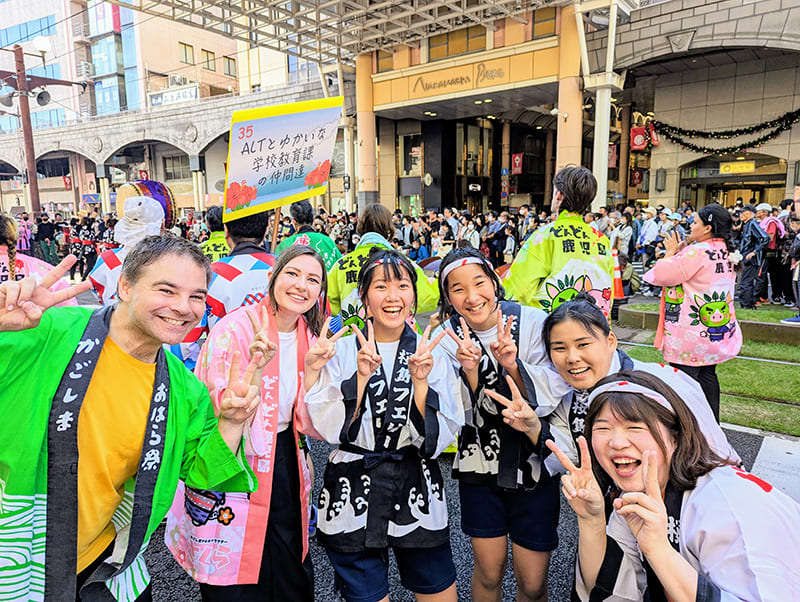
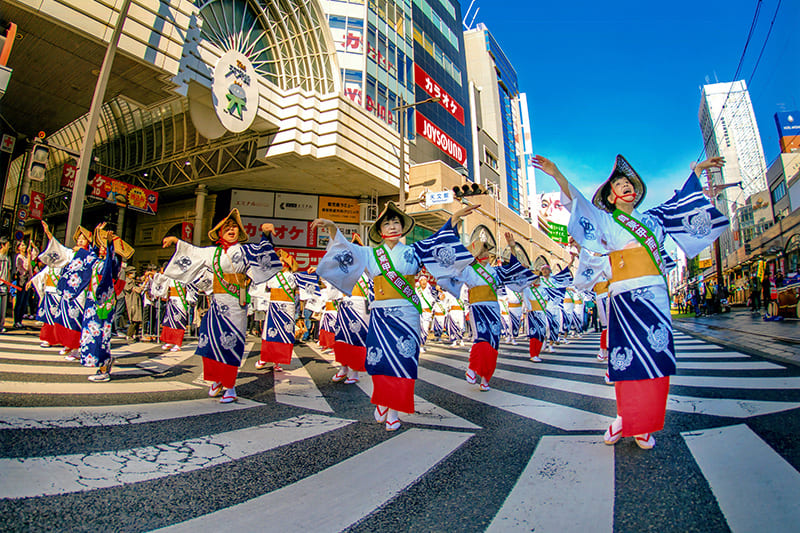
For more details, visit https://www.kagoshima-yokanavi.jp/en/event/10001.



